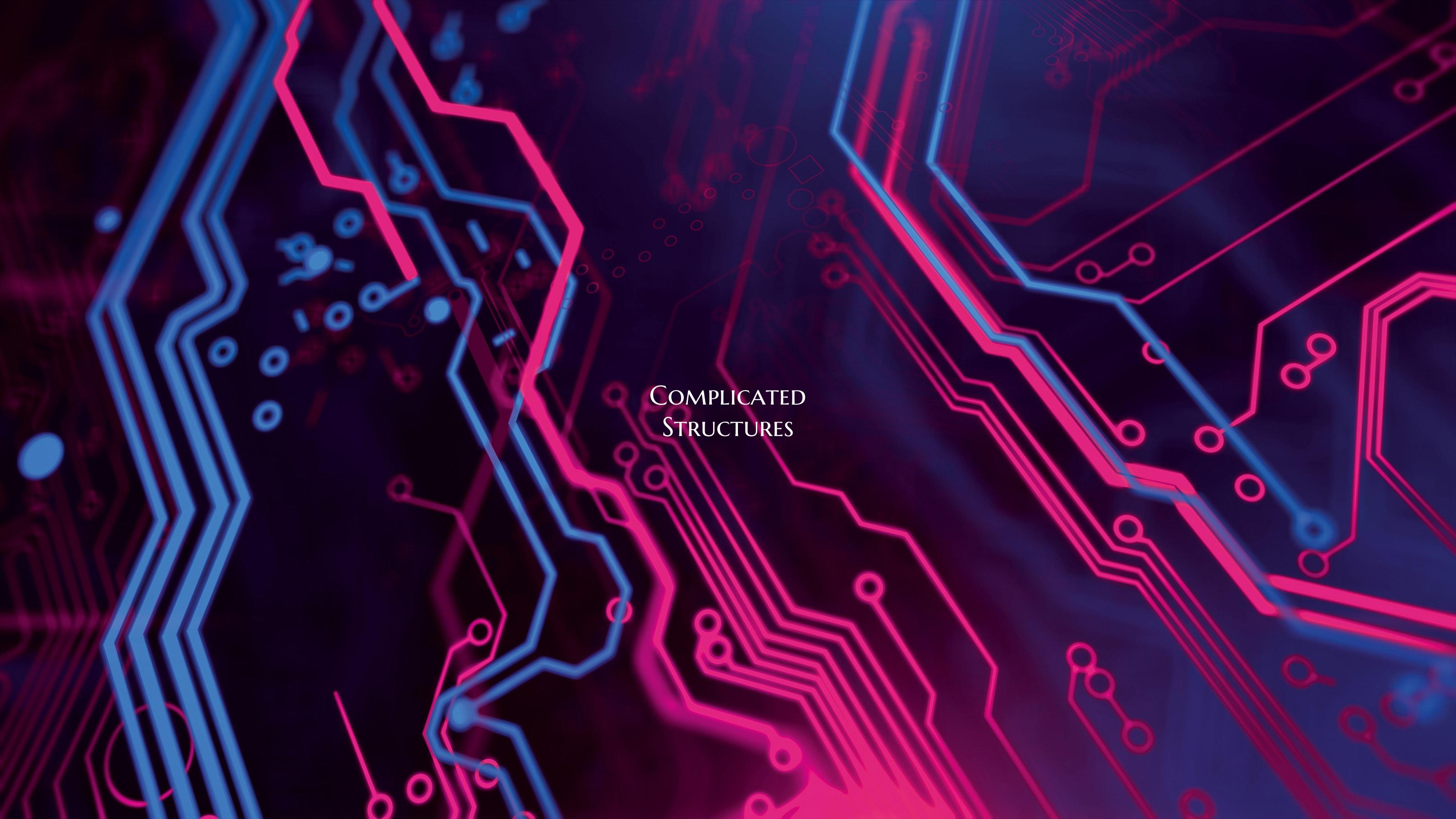Complicated Structures
Introduction: Complicated structures in architecture and engineering are marvels of human ingenuity and innovation. These structures push the boundaries of design and construction, requiring precise planning and technical expertise to come to fruition. From towering skyscrapers to intricate bridges, complicated structures are both functional and aesthetic achievements that showcase the capabilities of modern engineering and design.
The Significance of Complicated Structures: Complicated structures play a crucial role in shaping the modern world. They serve as landmarks that define city skylines, connect communities through infrastructure, and provide spaces for living, working, and leisure. Beyond their practical functions, complicated structures also inspire awe and admiration, serving as testaments to human creativity and ambition.
Challenges and Considerations: Designing and building complicated structures present a unique set of challenges. Architects and engineers must consider factors such as structural integrity, material selection, environmental impact, and cost efficiency. The integration of advanced technologies, such as Building Information Modeling (BIM) and computer-aided design, has revolutionized the way complicated structures are conceptualized and realized.
Notable Examples: Several iconic complicated structures have captured the world's imagination with their sheer complexity and beauty. The Burj Khalifa in Dubai, the world's tallest building, is a stunning example of modern architecture that blends form and function seamlessly. The Millau Viaduct in France, with its elegant design and structural innovation, demonstrates the possibilities of engineering excellence in bridge construction.
Future Trends and Innovations: As technology continues to advance, the future of complicated structures holds exciting possibilities. Concepts such as 3D printing, sustainable materials, and adaptive architecture present new avenues for pushing boundaries in design and construction. With a focus on sustainability and resilience, the next generation of complicated structures is poised to address contemporary challenges while redefining the possibilities of architectural and engineering excellence.
Conclusion: Complicated structures stand as testaments to human ingenuity and creativity, embodying the intersection of art and science in the built environment. As we continue to push the boundaries of design and construction, these structures will inspire us to think bigger, dream bolder, and create a more connected and sustainable world.

